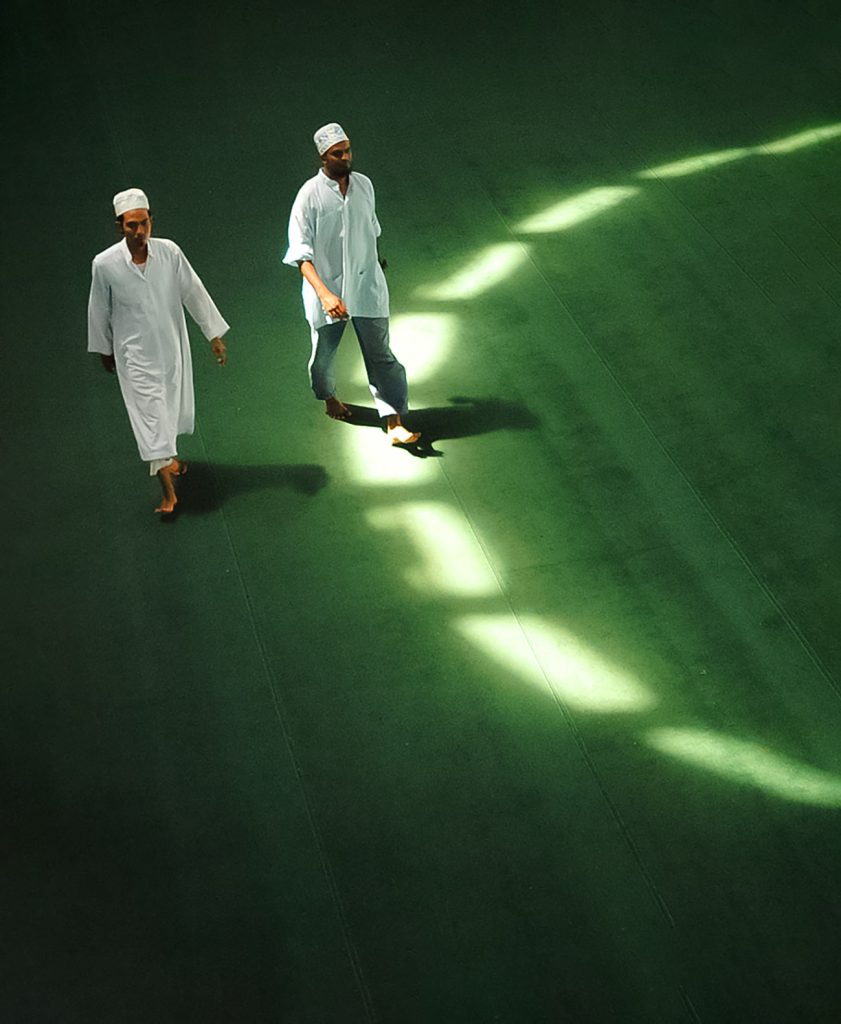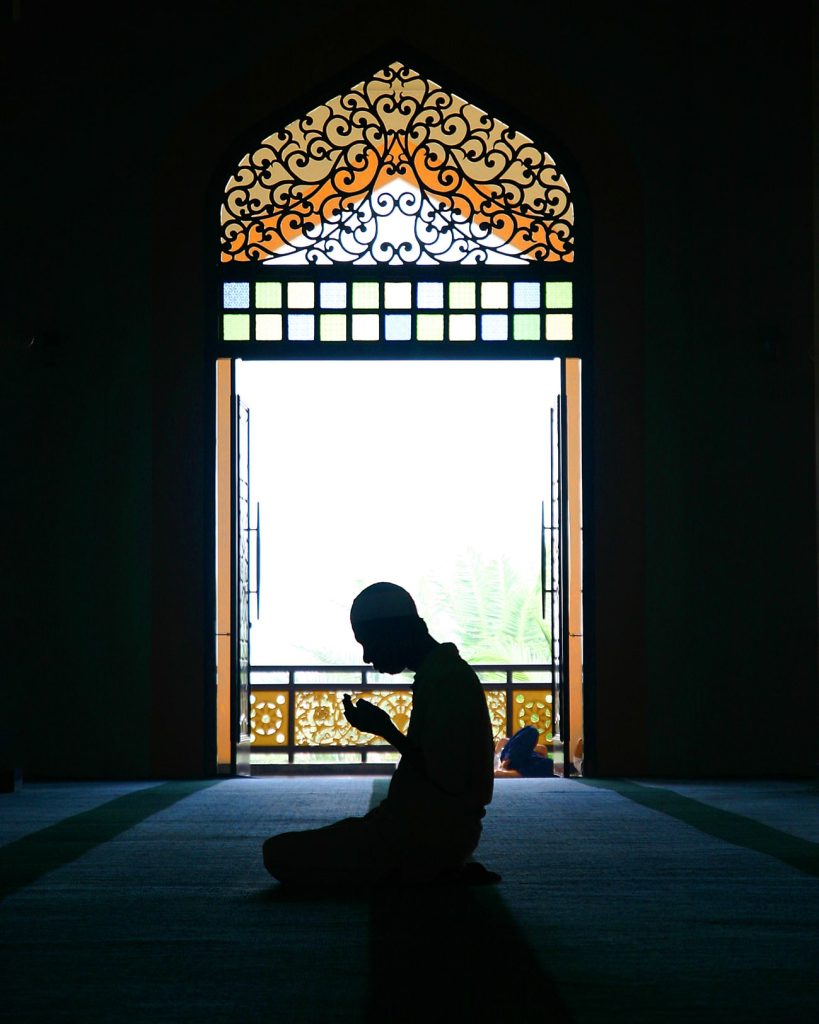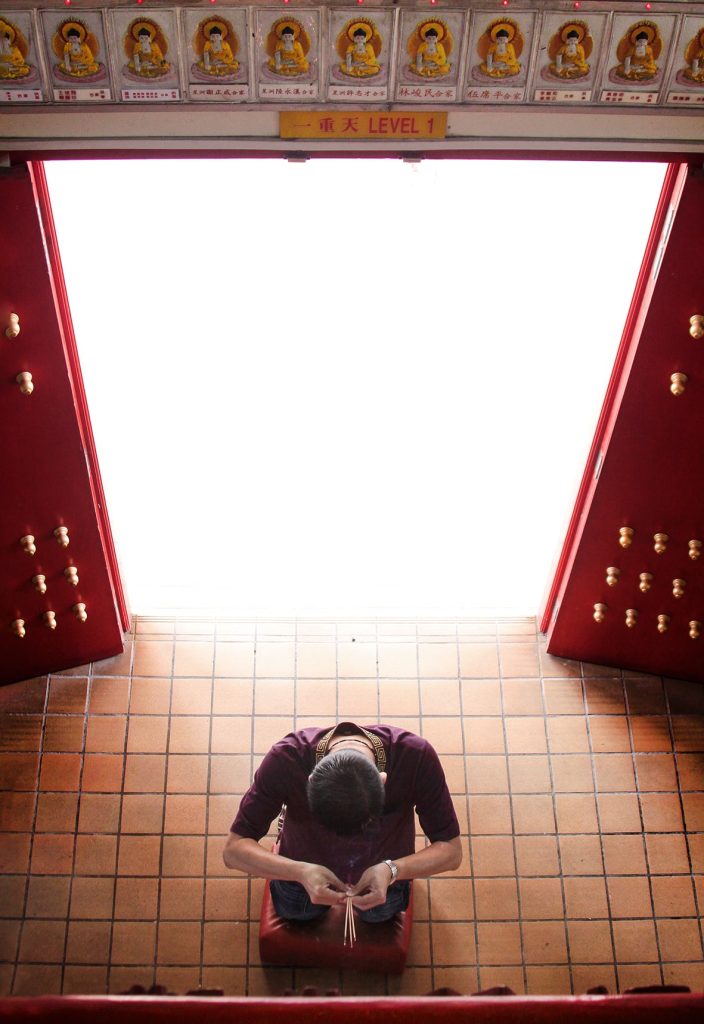The Significance of Visual Communication Theory in Photography
Ts. M Shariful Hafizal B. Aminuddin
Photography is a form of communication and a medium that makes communication comprehensible. Although a photographic moment is communicated, it conveys a valuable narrative regarding documented features, circumstances, and moments that may be utilized as reference material, as proof, or to convince in a particular industry.

Using “symbols, signs, and objects” as a framework for the visual package can be utilized to strengthen the storytelling. It relates to “semiology” and “semiotics” in visual communication theory. In addition, the art of photography does not avoid the principles and implementation of the idea. What is it, and how is it employed in photography?
“Semiology and semiotics are two disciplines focused on studying the interpretation of symbols and things that adapt to the consciousness of an audience that analyzes and examines one another.”
According to Ferdinand de Saussure, semiotics is the science of signs and symbols and is described as the study of interpretation; however, Umberto Eco describes it as the formulation or formula of acquiring the process of thoughts before they are rendered visually. Although semiology in photography relates to the study of signs and visual messages, these two ideas are interrelated in visual communication. They can be implemented in any visual art form, including photography, graphics, and other visual arts.

The quality of symbols in photographs can perhaps assist photographers in conveying visual stories. The objective is concise: when designing photographs, the photographer must comprehend the “narrative” or subject matter and reinforce it with symbols or indicators to make the photo speak more effectively. For instance, if a photographer wants to describe religion, he or she must include the crescent moon and star, which are closely associated with Islam. When narrating a narrative about an edge, a symbol of a knife or needle is adequate to provide a visual element.

This theory and technique may be used in many types of photography, including reportage, commercial and fashion photography, and “fine art” photography. Whether you are an amateur or a professional photographer, you can implement this method to produce photographs; therefore, it will be of value to everyone!


